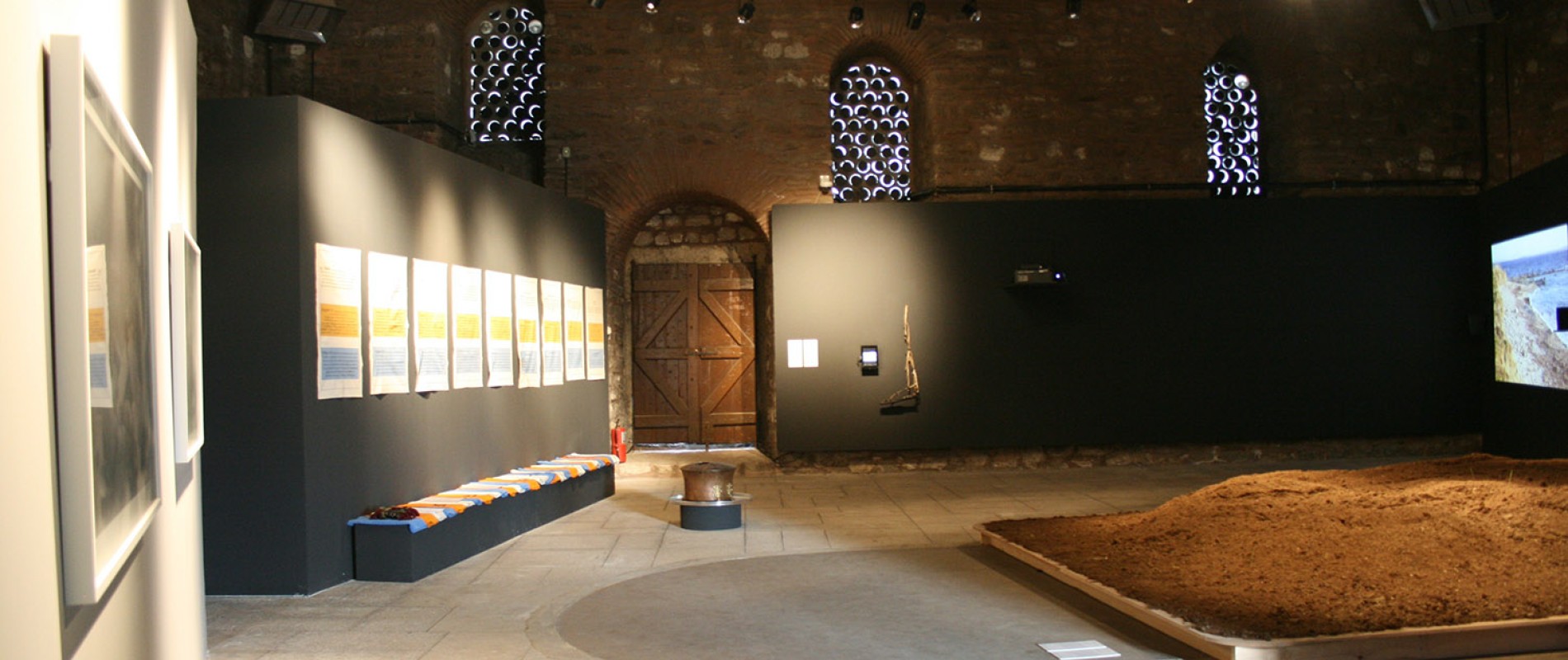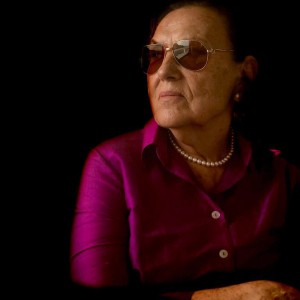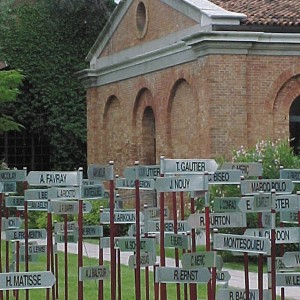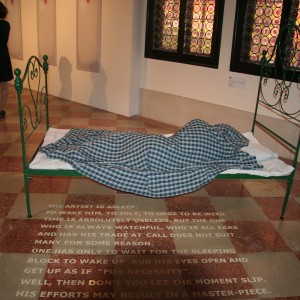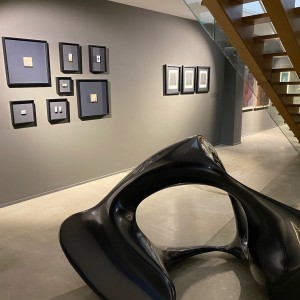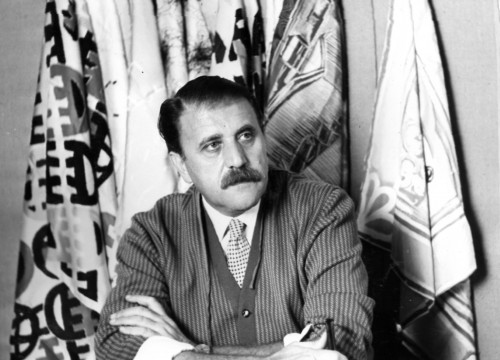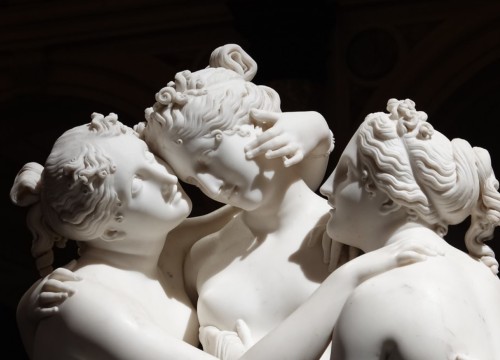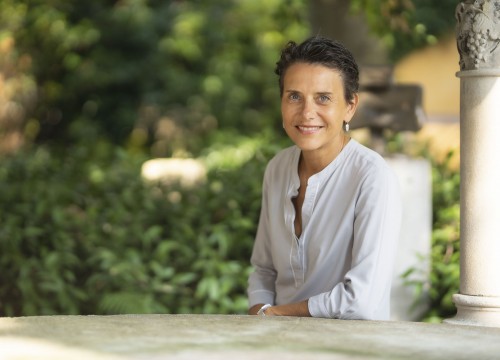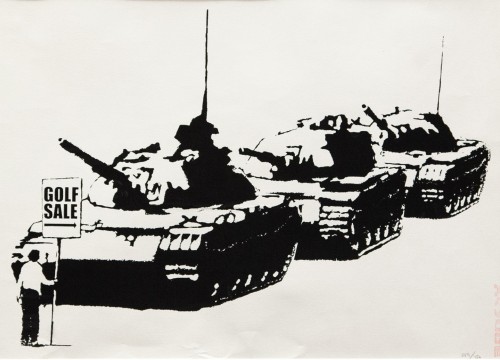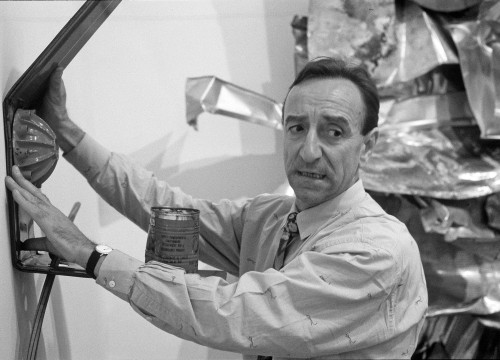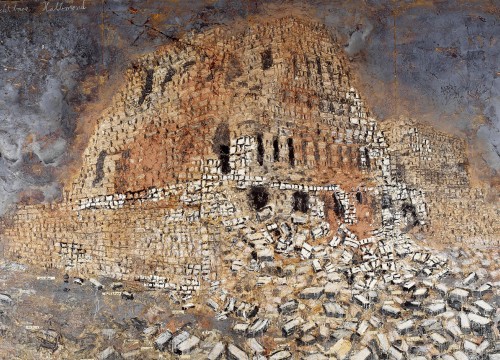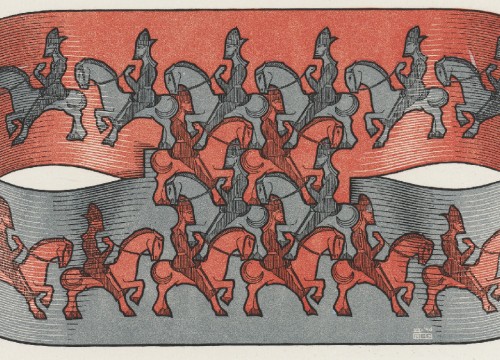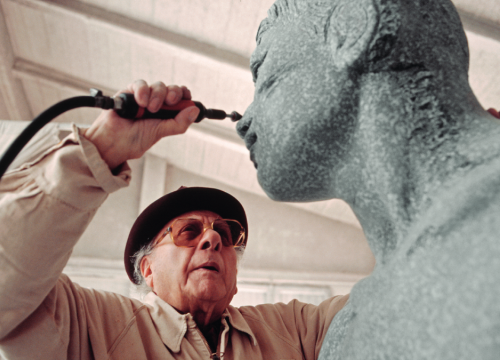An insight into Turkish contemporary art of the last thirty years
At the exhibition/ project “Mediterraneo per l’arte contemporanea” opened in Bari on March 16th, 1989 during the 14th Expo Arte edition at Fiera del Levante, I could meet Beral Madra. I was looking for the creativity common roots of the countries bordering the Mare Nostrum. She was the Turkish critic who coordinated the first two editions of the Istanbul Biennale (1987, 1989), the event promoted by the Istanbul foundation for culture and arts (İKSV), to create a dialogue between artists of different cultures. Beral was among the nine selectors - one for each country - of artists coming from Cyprus, France, Greece, Israel, Italy, Yugoslavia, Spain and Turkey. In her catalogue text, after explaining how the new Turkish art began in 1975 “after decades of isolation caused by a turbulent political and economic situation”, she noted the undefined “Turkish socio- economic and strategic position between East and West”, seeking in the artists the synthesis/comparison between contemporary and tradition. I would have seen her in Venice at the end of May of the next year, during the opening of the 44th edition of La Biennale - Giovanni Carandente Director of the Visual Arts Sector - as curator of the Turkish Pavilion: a happy and awaited return after twenty-eight years of absence. Once again, she was attentive to the complex reality of her country, “a Mediterranean, Western and Eastern nation at the same time”, and committed to proposing artists dedicated to visualizing the difficult relationship between current events and habit. Three years later, she is back in the lagoon, once more as the curator of the Turkish Pavilion with a Western artist who is a “voluntary nomad” and a Turkish artist who is “the most reluctant nomad looking for a homeland”. More than ever she is interested in creating an intercultural dialogue and in the concept of “difference”. The same happened in June 1997, at the Zenobio Institute, on the occasion of the 47th Biennale, for “Modernities and Memories”. The exhibition was supported by The Rockefeller Foundation (ten curators, including Beral, with reflections on the exchange between the two cultures, the concept of inequality, the control of information in the Western world and the possible change). Her purpose: “to realize a joint intercultural communication between Islamic countries and express the pluralism through contemporary artworks”. The event has been repeated in October of the following year at the Istanbul Bilgi University. For three consecutive editions since 2001, she is the curator of the Turkish Pavilion, then the Central Asia Pavilion in 2009 and Azerbaijan in 2011. In the meantime, she has also been curator of the Çannakkale Biennial (2012 and 2014) and the Bucharest Biennial (2018) as well as many other exhibitions around the world, including “Crazyspace” (2003), “Captivated by Bakhchisaray” (2008), “Next Wave” (2009), “A Conceptual Heritage” (2011), “Ottomans and Europeans: Pasts and Prospectives” (2016), “Atmosphere 41” (2017). She is also teacher and author of several volumes: “Identity of Contemporary Art”, 1987, “Post- peripheral Flux: A Decade of Contemporary Art in Istanbul”, 1996, “İki Yılda Bir Sanat”, 2003, “Neighbours in Dialogue”, 2005. She has also collaborated with artists such as Joseph Kosuth, Markus Lüpertz, Sol LeWitt, François Morellet, Joseph Beuys, Michelangelo Pistoletto. Her return to the Biennale in 2017, as commissioner of the Turkish Pavilion, prompts me to ask my friend Beral some questions.
THE YOUNG GENERATION DEALS WITH THE SOCIAL WITH STRONG CRITICISM AND BLACK HUMOR
The 17th Istanbul Biennale opened on September 11th. What has changed since the first editions of 1987 and 1989 that saw you as coordinator?
Istanbul Biennale is a by-product for the 35 years socio-political-economic and cultural history of Turkey; to understand the changes one must look to all these states of affairs. In 1985 after a bloody military coup in 1980 Turkey entered the global liberal economy, but not into an interrelated democracy. Biennale, initiated by the flourishing private sector, was a kind of whitewashing the existing political pollution. Liberal capitalism flourished, and the private sector embraced contemporary art as a tool for international visibility, which in turn helped the artists and art productions to gain new opportunities through gallery investments, international exhibitions, and activities. In the last 20 years, during the rule of AKP government Istanbul Biennale is under the camouflaged surveillance of state authoritarianism; it is avoiding the display of strongly dissident works.
What do you remember of “Mediterraneo”, the exhibition/ project for nations, held in Bari in 1989?
Bari exhibition and meeting was crucial for the contemporary art of Turkey to enter into the EU art scene. The exhibition organizers of eight Mediterranean countries stated the importance of this special exhibition, that this communication is inevitable at the theoretical and practical level, and the presence of the Mediterranean character in today’s art. Consisting of eight countries, the exhibition reflected a striking unity, simultaneity and identity, although there was no former communication between the exhibitors and the artists. The result of this participation opened the way to Pavilion of Turkey in Venice Biennale and my admission into the international curating profession.
What did the role of curator of the Turkish Pavilion at the 1990 Biennale di Venezia mean to you, a position repeated in the four following editions.
In 1990 Giovanni Carandente applied to TR Ministry of Foreign Affairs and asked to appoint me as the curator and the commissar of The Pavilion of Turkey. He also offered a free space in The Padiglione Italia; next to the Pavilion of Cyprus, which at that time was a hostile country for Turkey! During the years I could convince the state and the private sector about the significance of this participation and each time I had better financial support from different sources. I deliberately invited two or more artists to give them a visibility in international level. I gained experience and was recognized as a curator from so called east of EU and received many other international exhibition invitations. If you look to the concepts of the exhibitions you can see that I referred to critical socio-political-cultural discourses and debates which related to the particular years of the biennale.
ISTANBUL BIENNALE IS A BY-PRODUCT FOR THE 35 YEARS
SOCIO-POLITICAL-ECONOMIC AND CULTURAL HISTORY OF TURKEY
Let’s talk about your curatorship experiences at the various editions of the Venice Biennale.
“Modernities and Memories” was probably the first extensive project to represent Islamic countries in 47Th Venice Biennale. It was conceived, initiated and supported by The Rockefeller Foundation with the aim of realizing a joint cross-cultural communication between 13 Islamic countries to express cultural pluralism through contemporary art works. The artists in these exhibitions were selected for their ideas and concepts which reflect the socio-political-cultural environments and developments in their countries, for their competent exploitation of tradition and modernism which opens new perspectives and modes of perception and for their skill and knowledge in applying the universal art language into their native background. After this significant exhibition I was invited to curate Central Asia Pavilion and Azerbaijan Pavilion.
What is the role of the Istanbul Foundation for Culture and Arts (IKSV)?
IKSV was founded by major private sector companies and personalities to support and promote contemporary art and culture in Turkey. Over the years, IKSV has bestowed the local art scene international recognition; many local artists gained fame. International artists benefited from the opportunities in the glorious historical environment, international curators could make important exhibitions and enhanced their professional fame. In the city of 16 million, this biennial can only reach half a million; there is no permanent venue for the biennale and many venues of the city are used so that it becomes difficult to control them in terms of quality and impact; it is conceived for the large public but it is still functioning for the elites. Since the Gezi and its political oppression consequences IKSV and the invited curators are very cautious in terms of exhibition concepts and works to be exhibited.
THE ISTANBUL FOUNDATION FOR CULTURE AND ARTS IS CONCEIVED
FOR THE LARGE PUBLIC BUT FOR NOW IT ATTRACTS THE ELITES ONLY
Describe your exhibition spaces.
I founded a simple small gallery in 1981 (GALLERY BM) developed it to a non-profit BM Contemporary Art Centre (BM CAC) in 1989 with many partnerships and supporting funds. In 2012 I closed the gallery space in Nişantaş and moved to other parts of the city, at first to Karaköy (BM SUMA CAC) and then to Beşiktaş ( KUAD GALLERY) with different partners until 2016. I realized approximately 200 international exhibitions with over 500 local and international artists during the 40 years. Now, BM CAC is currently an archive and library open to research and academic work and to short- or long-term collaborations of art, design and culture with private and official local and international institutions, governments and NGO’s.
What is the current situation of contemporary art in Turkey?
Today’s younger generation embraces painting, reflecting their personal stories within the technical spectrum ranging from photo-realism to digital art, from neo-classical and neo-expressionist paintings to multi-media installations. They mainly produce urban and social landscapes with strong criticism and black humor. The condition for working with galleries is painting, and the artwork that can be sold in Turkey is painting. In particular, installations with many materials, accompanied by videos stand out as works that can be easily documented, transported and applied everywhere. Not only the pandemic period has its negative effects on the art scene but also the extreme economic crisis, high inflation is now a hard-hitting reality for artists and art experts; which means young generation artists of all disciplines cannot easily make professional travels.

